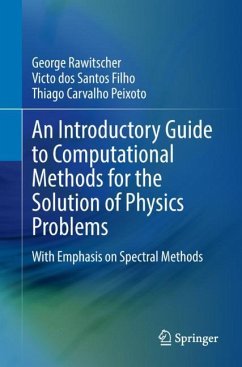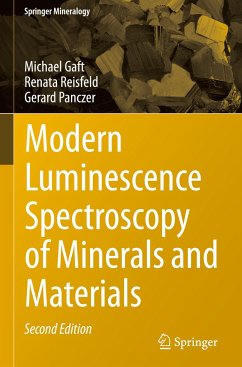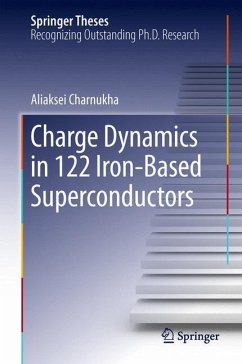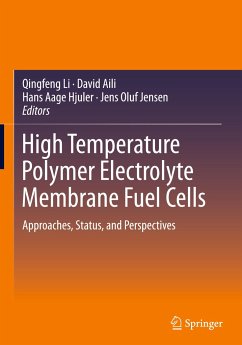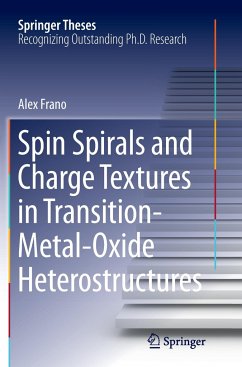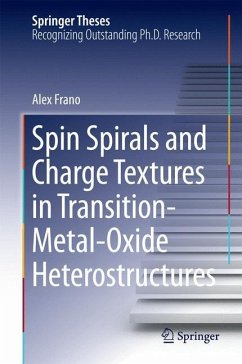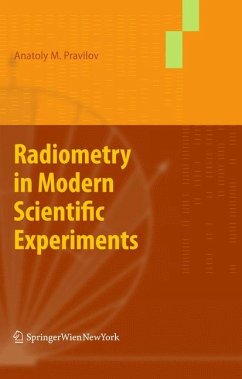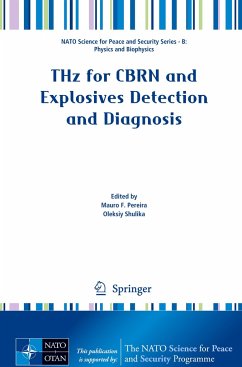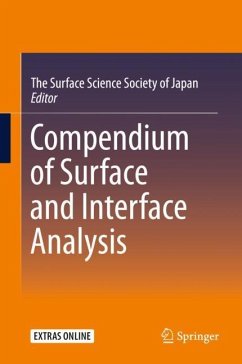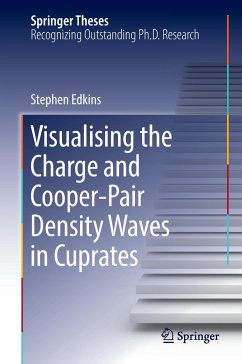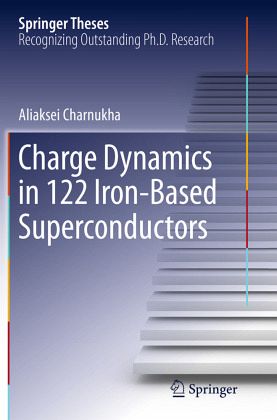
Charge Dynamics in 122 Iron-Based Superconductors
Versandkostenfrei!
Versandfertig in 6-10 Tagen
76,99 €
inkl. MwSt.
Weitere Ausgaben:

PAYBACK Punkte
38 °P sammeln!
This thesis combines highly accurate optical spectroscopy data on the recently discovered iron-based high-temperature superconductors with an incisive theoretical analysis. Three outstanding results are reported: (1) The superconductivity-induced modification of the far-infrared conductivity of an iron arsenide with minimal chemical disorder is quantitatively described by means of a strong-coupling theory for spinfluctuation mediated Cooper pairing. The formalism developed in this thesis also describes prior spectroscopic data on more disordered compounds. (2) The same materials exhibit a shar...
This thesis combines highly accurate optical spectroscopy data on the recently discovered iron-based high-temperature superconductors with an incisive theoretical analysis. Three outstanding results are reported: (1) The superconductivity-induced modification of the far-infrared conductivity of an iron arsenide with minimal chemical disorder is quantitatively described by means of a strong-coupling theory for spinfluctuation mediated Cooper pairing. The formalism developed in this thesis also describes prior spectroscopic data on more disordered compounds. (2) The same materials exhibit a sharp superconductivity-induced anomaly for photon energies around 2.5 eV, two orders of magnitude larger than the superconducting energy gap. The author provides a qualitative interpretation of this unprecedented observation, which is based on the multiband nature of the superconducting state. (3) The thesis also develops a comprehensive description of a superconducting, yet optically transparent iron chalcogenide compound. The author shows that this highly unusual behavior can be explained as a result of the nanoscopic coexistence of insulating and superconducting phases, and he uses a combination of two complementary experimental methods - scanning near-field optical microscopy and low-energy muon spin rotation - to directly image the phase coexistence and quantitatively determine the phase composition. These data have important implications for the interpretation of data from other experimental probes.




